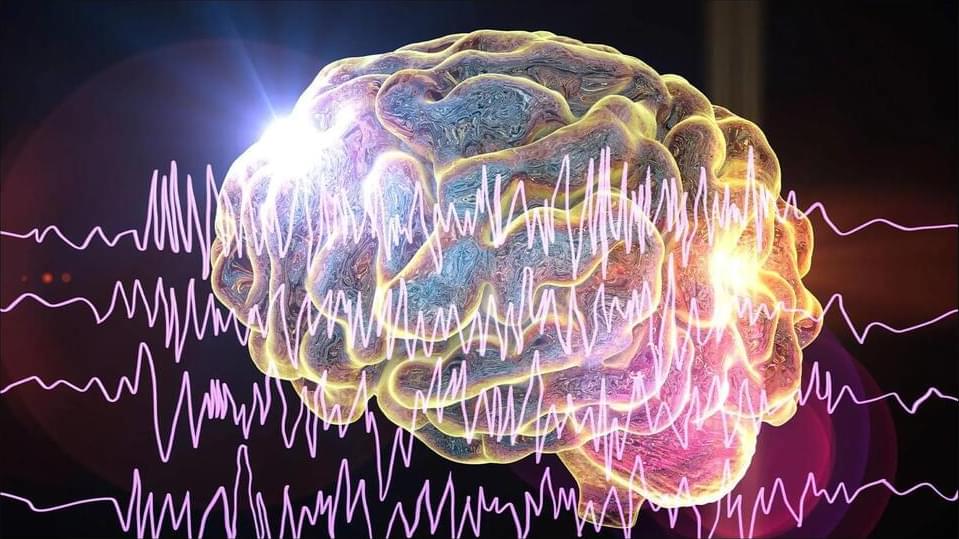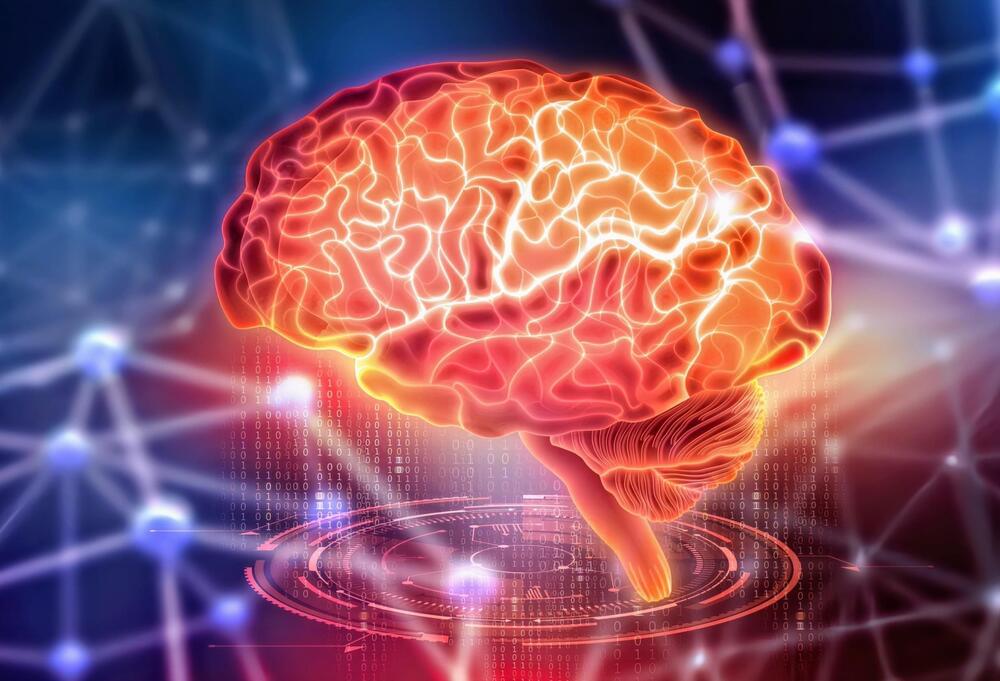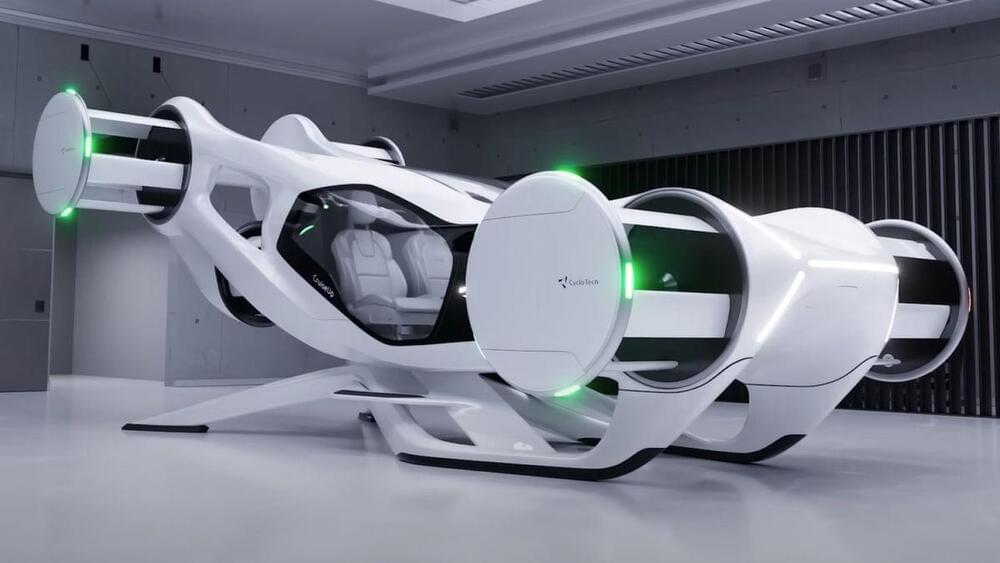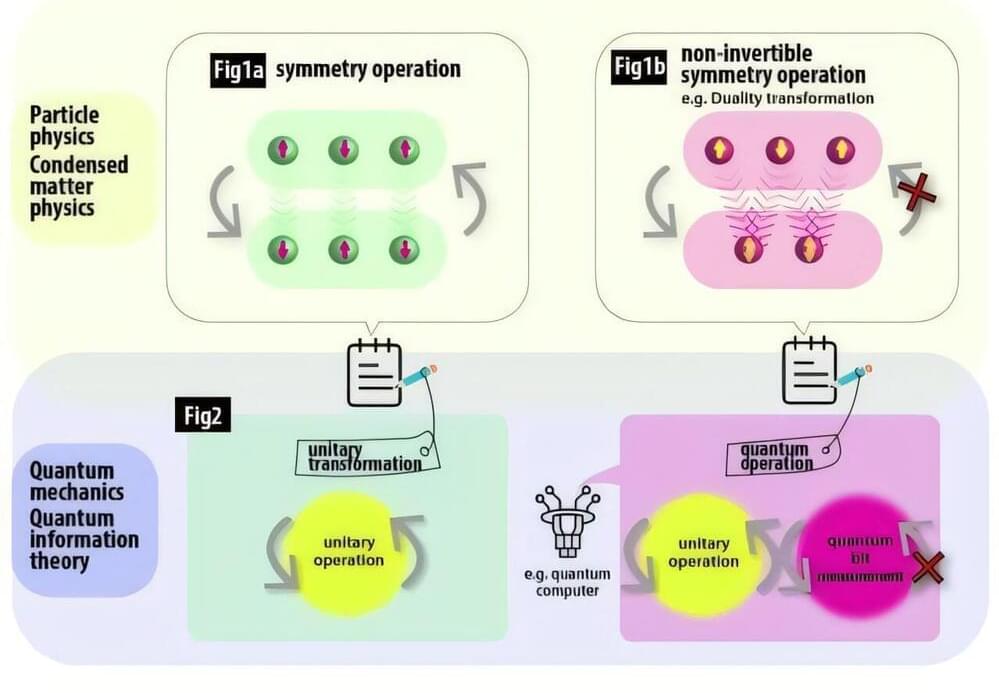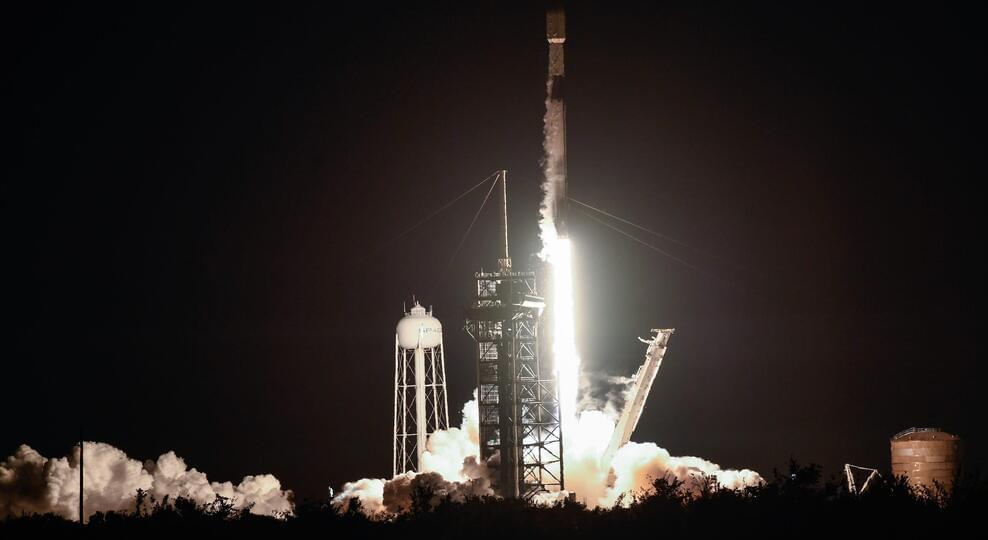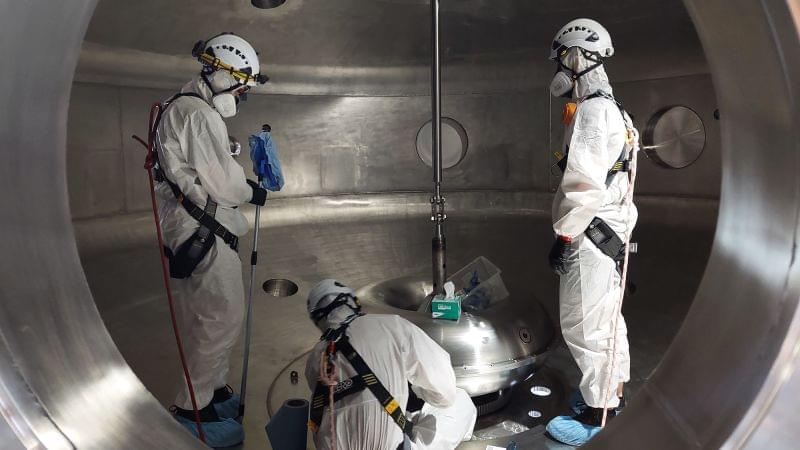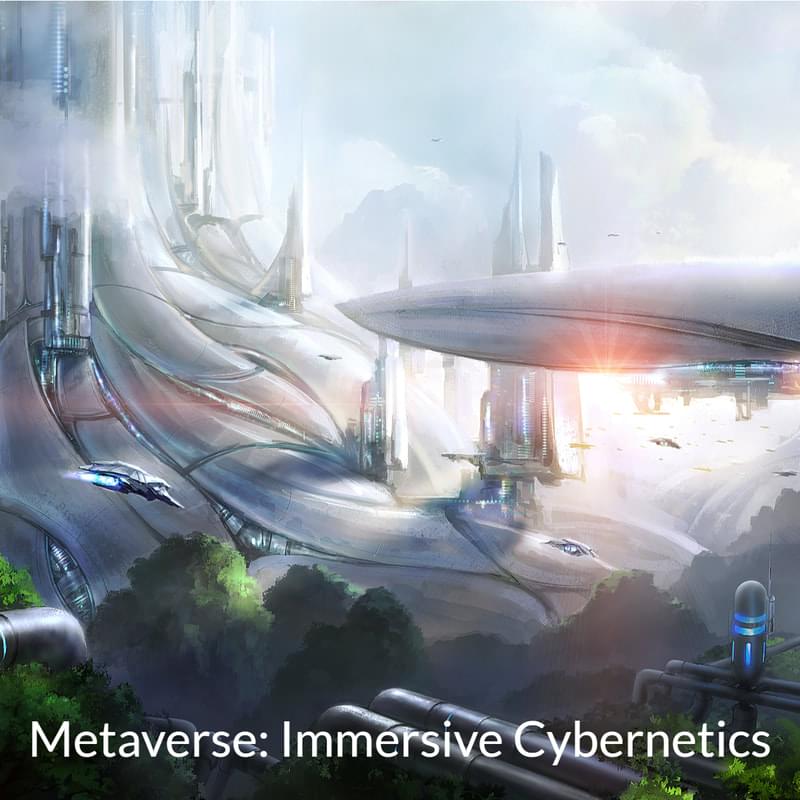Bio-Rad invites you to our 2nd India Cell Gene Therapy Symposium 2024 After many decades of effort, the future of cell and gene therapies (CGT) is incredibly promising. A flurry of recent successes has led to the approval of several life changing treatments for patients and many more therapies are in development. CGT seek to correct the root cause of an illness at the molecular level. These game changing medicines are reshaping how we address previously uncurable illnesses — transforming people’s lives.
Mayo Clinic researchers have developed new artificial intelligence (AI)-based tools to pinpoint specific regions of the brain with seizure hotspots more quickly and accurately in patients with drug-resistant epilepsy. Their study, published in Nature Communications Medicine, highlights the potential of AI to revolutionize epilepsy treatment by interpreting brain waves during electrode implantation surgery. This transformative approach could significantly reduce the time patients spend in the hospital, accelerating the identification and removal of seizure-generating brain regions.
“This innovative approach could enable more rapid and accurate identification of seizure-generating areas during stereo-electroencephalography (EEG) implantation surgery, potentially reducing the cost and risks of prolonged monitoring,” says Nuri Ince, Ph.D., senior author of the study and a consultant in the Mayo Clinic Department of Neurologic Surgery.
Drug-resistant epilepsy often requires surgical removal of the seizure-causing brain tissue. A first step in that treatment is typically a surgery that involves implanting electrodes in the brain and monitoring neural activity for several days or weeks to identify the location of the seizures.
Discover how NREM sleep enhances cognitive performance and the potential to mimic its benefits through brain stimulation.
New research identifies ctenophores as the first animals to diverge, reshaping our understanding of evolution and key biological traits.
CycloTech’s all-electric flying vehicle is capable of controlled descents even in stormy weather with motors similar to those used for tug boats.
Theoretical physicists have established a close connection between the two rapidly developing fields in theoretical physics, quantum information theory and non-invertible symmetries in particle and condensed matter theories, after proving that any non-invertible symmetry operation in theoretical physics is a quantum operation. The study was published in Physical Review Letters as an Editors’ Suggestion on November 6.
In physics, symmetry provides an important clue to the properties of a theory. For example, if the N-poles in a magnetic field are replaced by the S-poles, and the S-poles by the N-poles all at once, the forces on objects and the energy stored in the magnetic field remain the same, even though the direction of the magnetic field has now become reversed. This is because the equations describing the magnetic field are symmetric with respect to the operation of swapping the N and S poles.
Over the past few years, the concept of symmetries has received generalization in various directions in the theoretical study of particle physics and condensed matter physics, becoming an active area of research. One such generalization is non-invertible symmetry. The operation of conventional symmetries is always invertible. There exists a reverse operation to undo it. Non-invertible symmetry, on the other hand, allows certain non-invertibility in such symmetry operations.
The Space Force’s 45th Weather Squadron pegs the odds of “go for launch” weather at 85%. Chief meteorological risks include thick cloud layers and liftoff winds, coupled with a low-to-moderate risk of upper-level wind shear.
Check back for live FLORIDA TODAY Space Team launch coverage updates on this page, starting about 90 minutes before the launch window opens. When SpaceX’s live webcast kicks off about five minutes before liftoff, look for it posted below the countdown clock.
In a commercial warehouse overlooking the ocean in New Zealand’s capital Wellington, a startup is trying to recreate the power of a star on Earth using an unconventional “inside out” reactor with a powerful levitating magnet at its core.
Its aim is to produce nuclear fusion, a near-limitless form of clean energy generated by the exact opposite reaction the world’s current nuclear energy is based on — instead of splitting atoms, nuclear fusion sets out to fuse them together, resulting in a powerful burst of energy that can be achieved using the most abundant element in the universe: hydrogen.
Earlier this month, OpenStar Technologies announced it had managed to create superheated plasma at temperatures of around 300,000 degrees Celsius, or 540,000 degrees Fahrenheit — one necessary step on a long path toward producing fusion energy.
In the study of temporal mechanics, we have to venture beyond the confines of traditional objective science to incorporate the profound role of consciousness in shaping our understanding of time. The evidence and theories discussed throughout my upcoming paper (to be released as a Kindle eBook) suggest that the flow of time is not simply a physical phenomenon dictated by the laws of thermodynamics or the spacetime continuum, but rather a deeply psychological one, intertwined with consciousness itself. Time, as we experience it, emerges from our awareness of ongoing change—a continuous psychological construct that weaves our perceptions into a coherent narrative of past, present, and future.
The implications of this perspective are far-reaching. If the flow of time is indeed a function of consciousness, then time cannot be fully understood without accounting for the observer—the conscious entity whose perception of change gives rise to the experience of time. This challenges the classical notion of time as a separate, objective entity and places consciousness as a central player in the multidimensional matrix of reality.


